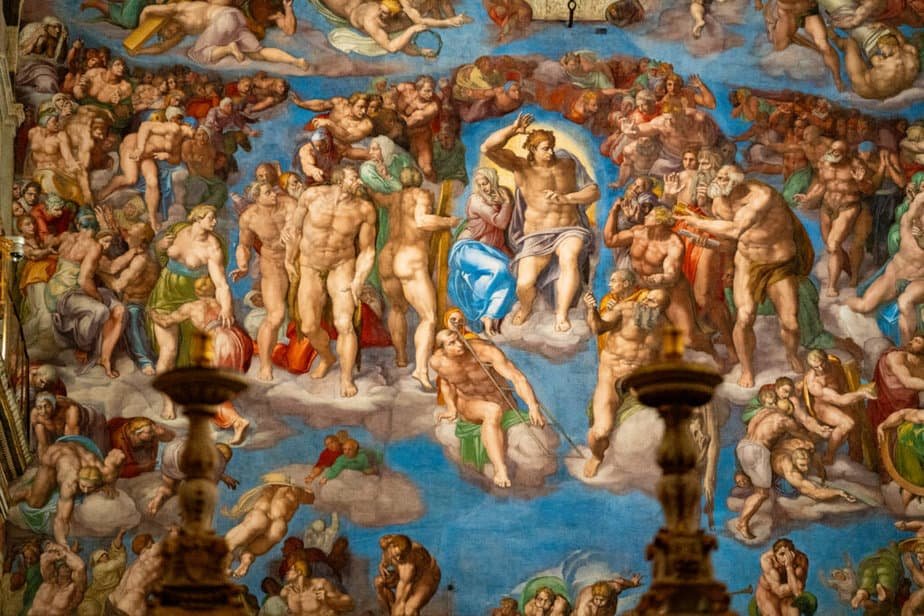
How Art Reveals Insights into Human Nature and Society

“Exposure” at Ulterior Gallery: A Quiet Meditation on Visibility, Time, and the Art of Not-Giving-It-All-Away
In an art world often dominated by eye-catching visuals engineered for Instagram virality, exhibitions that ask viewers to slow down and engage on deeper, quieter levels can feel like acts of defiance. Exposure, a group show curated by artist Carrie Yamaoka at Ulterior Gallery in Manhattan’s SoHo neighborhood, is one such exhibition — resisting not only easy categorization but also casual consumption.
As Yamaoka writes in her curatorial statement, the show explores the concept of “exposure” from multiple angles: photographic exposure, the personal vulnerability of being seen, and the inherent exposure of art itself to time, light, and judgment. The works on view, which span sculpture, photography, and material experimentation, often challenge the viewer to adjust their pace and perception. What you see may not be immediately revealing — but it’s no less rich for that.
Carlos Reyes’s “Popular Jewelry” (2023): Echoes of Commerce and Culture
A standout example of this quiet provocation is Carlos Reyes’s “Popular Jewelry” — two nearly monochromatic pieces featuring worn burgundy velvet culled from actual jewelry display cases in Lower Manhattan. At first glance, they appear nearly blank. But on closer inspection, faint impressions of necklace chains and tiny pockmarks from pins emerge. These subtle traces act as ghostly records of adornment, economy, and cultural intersections.
The works borrow their title from a longstanding storefront on Canal Street known for providing jewelry to a broad clientele, including members of the hip-hop community. Here, Reyes not only captures the artifacts of an urban micro-economy but transforms them into meditations on presence and absence, labor and luxury — all through materials that might otherwise go unnoticed.
Linn P. Meldt and Anna Campbell: Humor in Residue and Reassembly
Elsewhere, a wry sense of humor punctuates some of the less immediately decipherable pieces. Linn P. Meldt’s “Á conter en le trottoir” (2024) uses cast silicone, flower petals, and literal sidewalk grime to interrupt any romantic notions of the ephemeral. The debris blurs distinctions between the natural and the discarded, requiring the viewer to question what truly constitutes beauty and permanence.
Anna Campbell’s “Chest” (2022) similarly plays with material expectations. Constructed from plywood, pine, and an inlaid strip of hickory veneer, the sculpture offers an almost architectural form — part cabinet, part puzzle. With a background in queer and gender studies, Campbell transforms commonplace materials into commentary on bodies and identities that shift over time. The layered nature of the wood mirrors the layered understandings of gender expression and identity, inviting complex readings through a deceptively simple form.
Craig Jun Li’s “Repose II”: Engineering Atmosphere
Craig Jun Li’s “Repose II” (2025) is one of the show’s more sensory and mechanical works. A small structure emits a subtle hum, creating condensation on a cold metal plate perched atop. The sculpture’s internal workings — and its interactions with the ambient space — become part of its intrigue. Yet as the piece interacts variably with environmental conditions (e.g., the dryness of the gallery), its full impact may escape the casual observer. The installation becomes a metaphor for the transience of presence and the fragility of mechanisms meant to sustain emotional or physical climates.
Hol Ogram’s “Landscape”: Time Unfolding in Dye
The artwork chosen to represent the show online, “Landscape” by Hol Ogram (a collaborative pseudonym for unidentified artists), encapsulates the heart of the exhibition’s thesis. Originally created in the 1960s and revisited or maintained since 2007, this dye-transfer print is a durational piece that responds actively to exposure — not metaphorical, but literal. As light interacts with the dyes, the piece visibly deteriorates, changing over time with no stable endpoint. This degradation isn’t loss; it’s transformation. Much like the Greek philosopher Heraclitus’s assertion that no one steps in the same river twice, “Landscape” is never the same from one viewing to the next.
Ephemeral, Enigmatic, Essential
Exposure does not aim to dazzle with oversized statements or spectacular visuals. Instead, it asks for patience, engagement, and a willingness to sit with the unknown. Some pieces, like those by Daniel Brodner and Thomas Fougeirol, may remain frustratingly opaque without further contextual cues. But not every artwork demands to be “got” instantly — or ever.
In an era where attention is a scarce and valuable currency, Exposure offers a space to reclaim slowness, to value incompleteness, and to revel in the unphotographable. It sheds light on undercurrents in both art and life — where value is often obscured by subtlety, and where meaning is